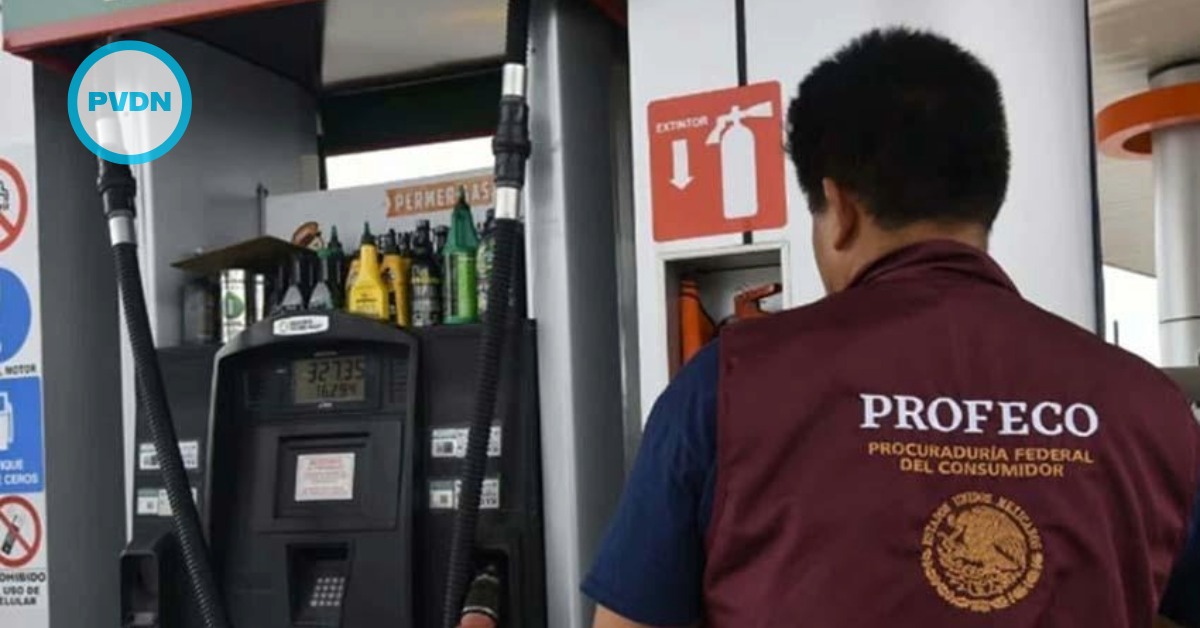Recently, the World Bank released statistics revealing, for the first time in history, that by 2016 Latin America’s middle classes will outnumber the region’s poor. For a region that has been marked by exclusion, poverty and inequality this is no small matter. The rise of this arriviste class comes from more than two decades of sound macroeconomic policies that have allowed economies to grow, held inflation in the single digits in most countries, reduced public sector deficits, increased public and private sector savings, and contributed to the growth of employment.
Across the region 34.3 percent of the . . .





